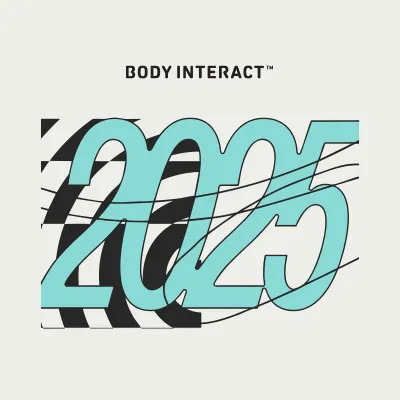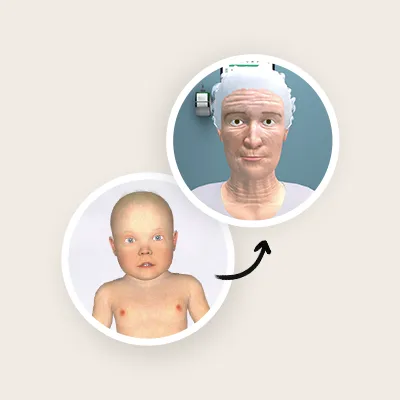Strategies Student Assessment: A Webinar on Enhancing Evaluation Practices through virtual simulation
On January 24, Ana Santa (Master of Science in Nursing (MSN)) delivered an enriching webinar titled “Strategies for Student Assessment: Enhancing Evaluation Practices through Virtual Simulation.” The webinar delved into crucial aspects of student assessment, enlightening the significance of effective evaluation practices. In this article, we will explore the key topics covered in the webinar, ranging from understanding assessment types to the practical integration of virtual simulation tools.
Recognizing the Importance of Effective Student Assessment
Ana Santa kicked off the webinar by emphasizing the pivotal role that student assessment plays in healthcare education. Recognizing the significance of evaluating student comprehension, it highlighted its importance in developing helpful teaching methods and enhancing student learning.
Body Interact Features and Strategies
Ana Santa seamlessly transitioned to the main focus of the webinar — utilizing Body Interact to enhance student engagement. She revealed several features and strategies, with a spotlight on the innovative use of Blended and Flipped Learning models. Ana demonstrated how these approaches effectively immerse students in the learning process, making education more interactive, dynamic, and aligned with real-world healthcare scenarios.
Assessment Types in Evaluation Practices – Formative and Summative
During the webinar it was presented the fundamental concepts of formative and summative assessments, highlighting their distinct purposes and methodologies. The webinar provided a comprehensive overview of formative assessments, which focus on continuous feedback to improve learning, and summative assessments, designed to evaluate overall student performance at the conclusion of a learning period.
However, Ana Santa introduced the concept that every simulation is an assessment, emphasizing the potential for evaluating cognitive and practical skills. During each simulation, students receive feedback, through the simulation or during the debriefing process, to identify areas for improvement and acknowledge strengths. To provide this feedback, an assessment must be conducted.
Identifying Innovative Strategies in Simulation-Based Assessment
Innovation in student assessment emerged as a central theme, with Ana Santa highlighting a cutting-edge strategy, Virtual Simulation as an Evaluation Tool. Attendees gained insights into using technology to create interactive assessments that go beyond traditional methods. The webinar show to the educators the comprehensive vantages of use simulation, namely:
- Immersive learning environment, to apply theoretical knowledge in realistic scenarios
- Risk-free space for students to practice skills, make decisions, and learn from their mistakes in a safe and controlled setting
- Data-driven Feedback, for a comprehensive evaluation of student performance for personalized learning
Practical Insights and Guidance on Integrating Body Interact
The webinar concluded with practical insights and guidance on integrating the assessment process using Body Interact, a virtual patient simulator. Ana Santa shared tips and best practices for seamlessly incorporating this tool into the educational curriculum. Attendees left with a clear roadmap for implementing simulation-based assessments using Body Interact, enhancing the overall quality of student evaluation.
Conclusion
Ana Santa’s webinar served as a catalyst for educators, urging them to embrace innovative assessment practices through virtual simulations. The insights and practical guidance offered promise to revolutionize student assessment, fostering a more engaging and effective learning environment.
Revolutionize your student assessment by watching the entire session here!
By Ana Santa – MSN, APRN









